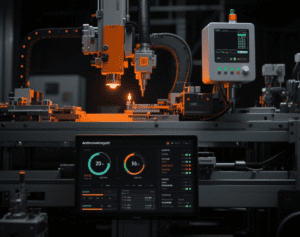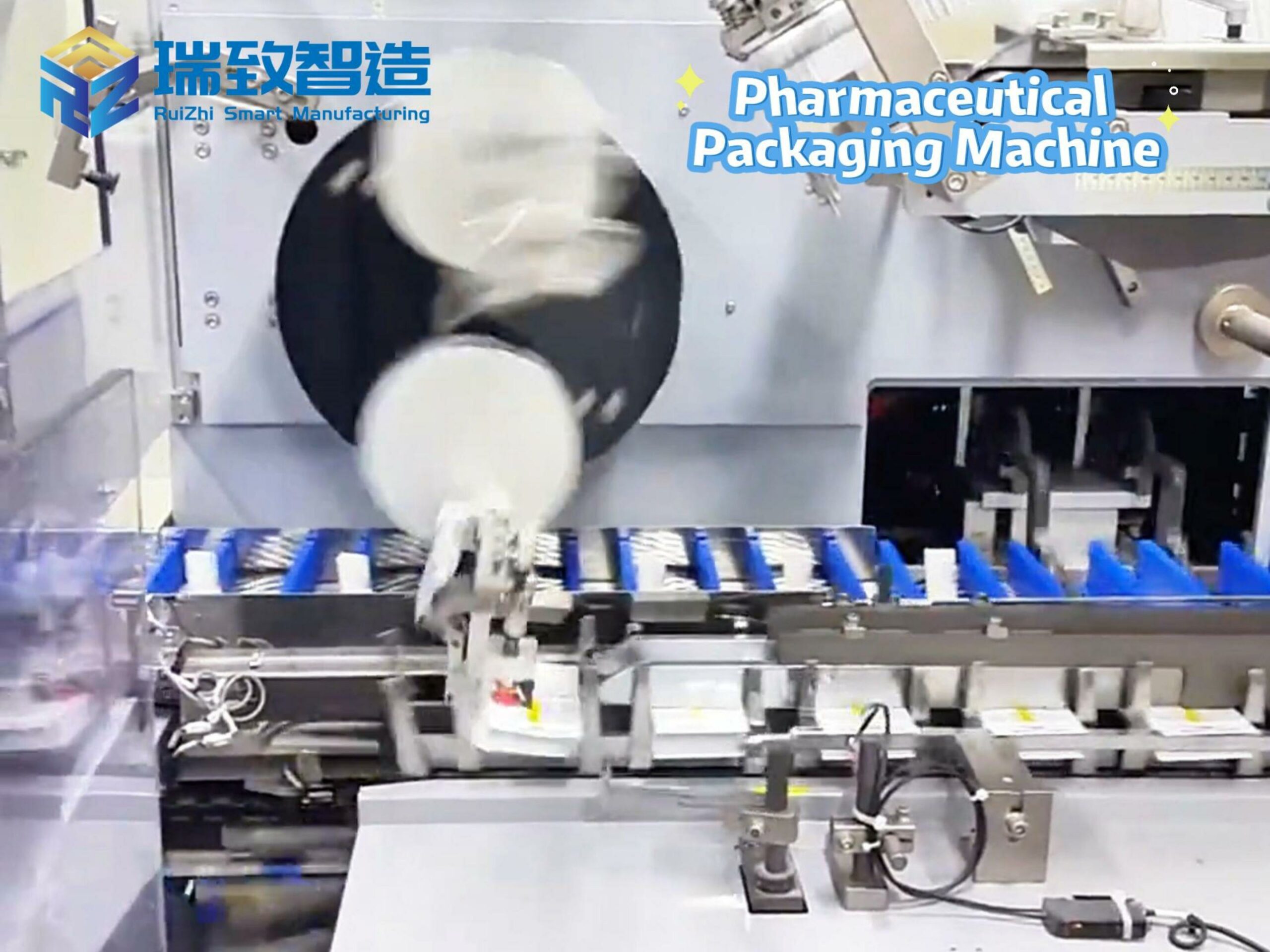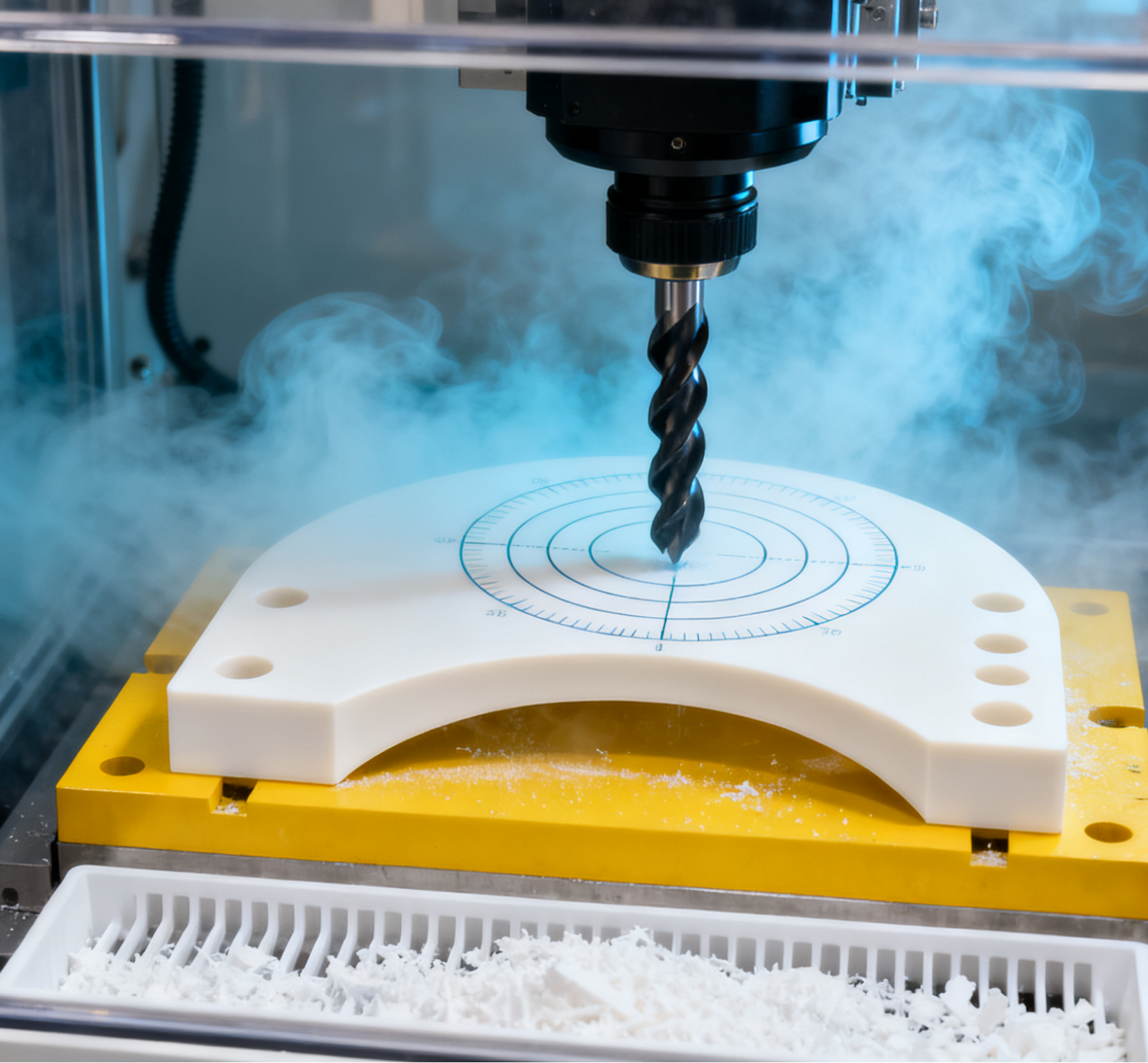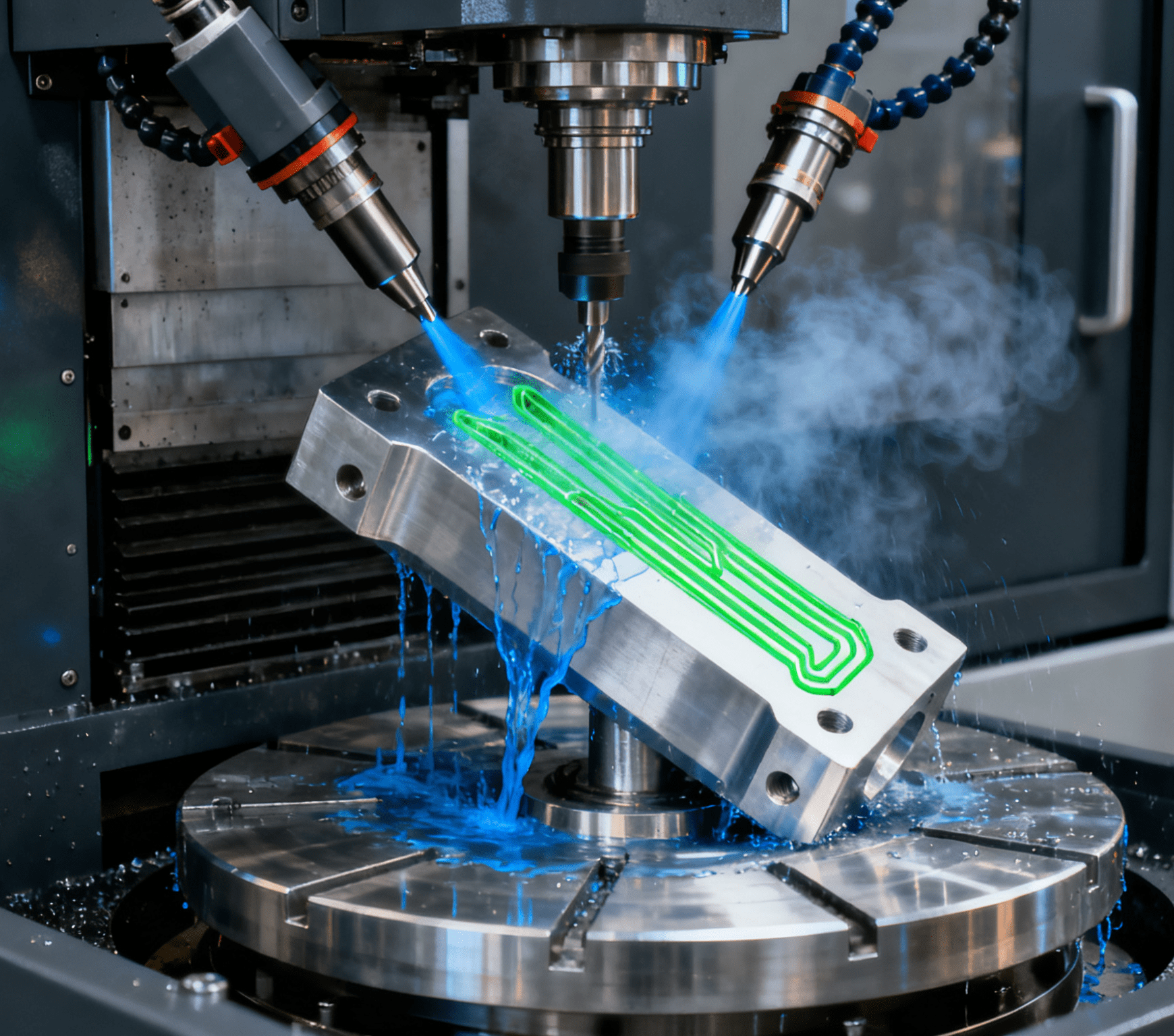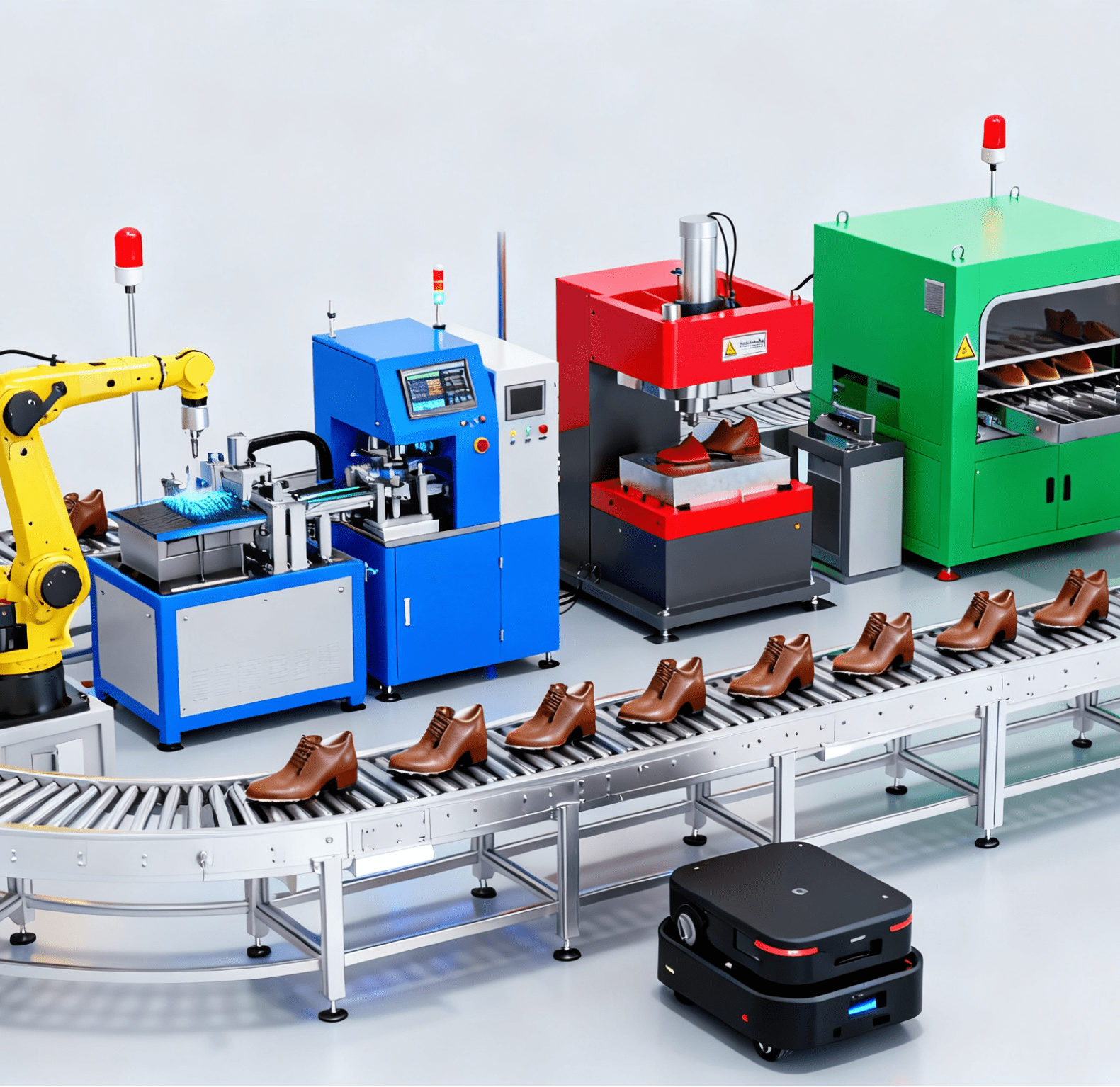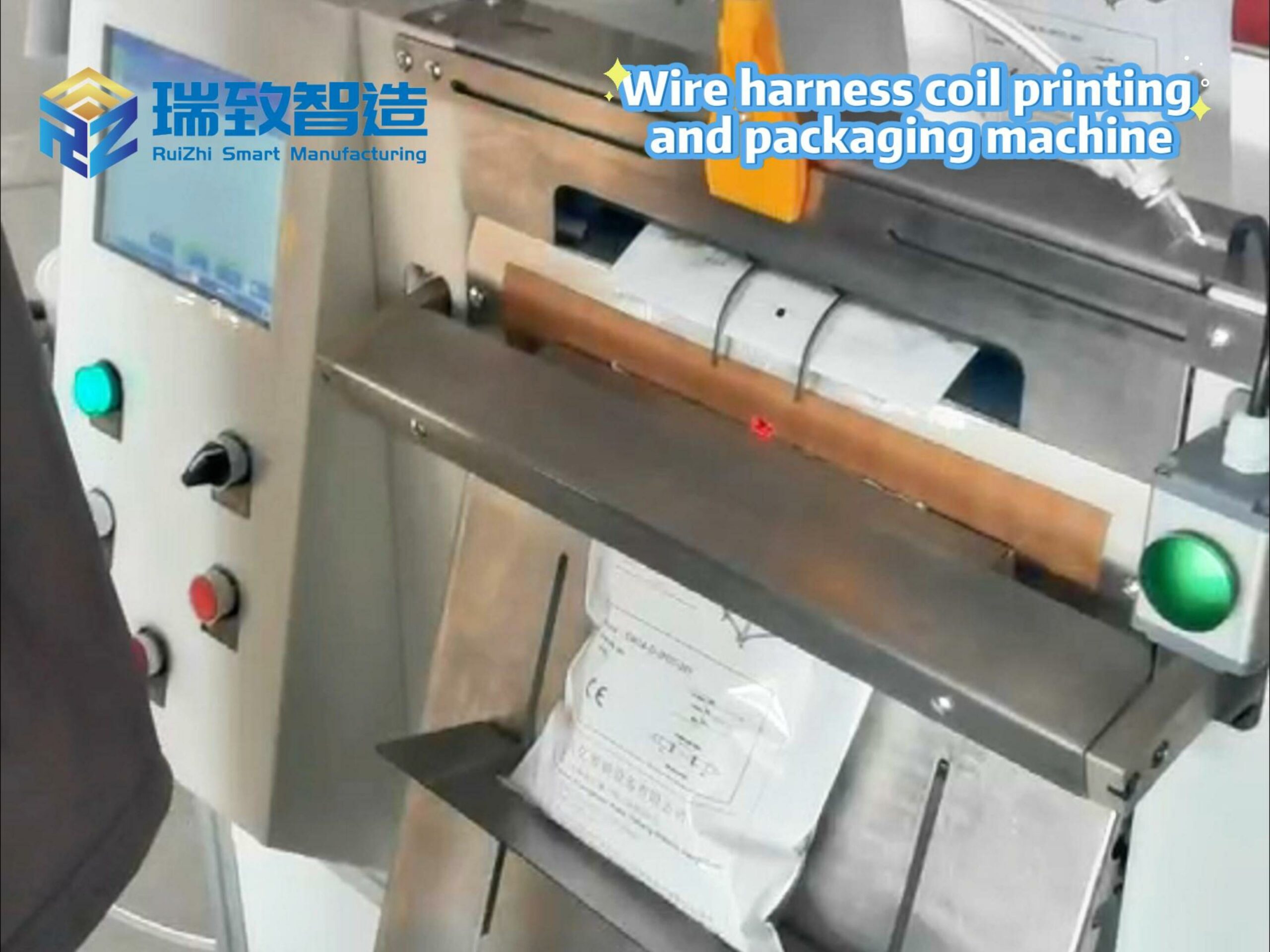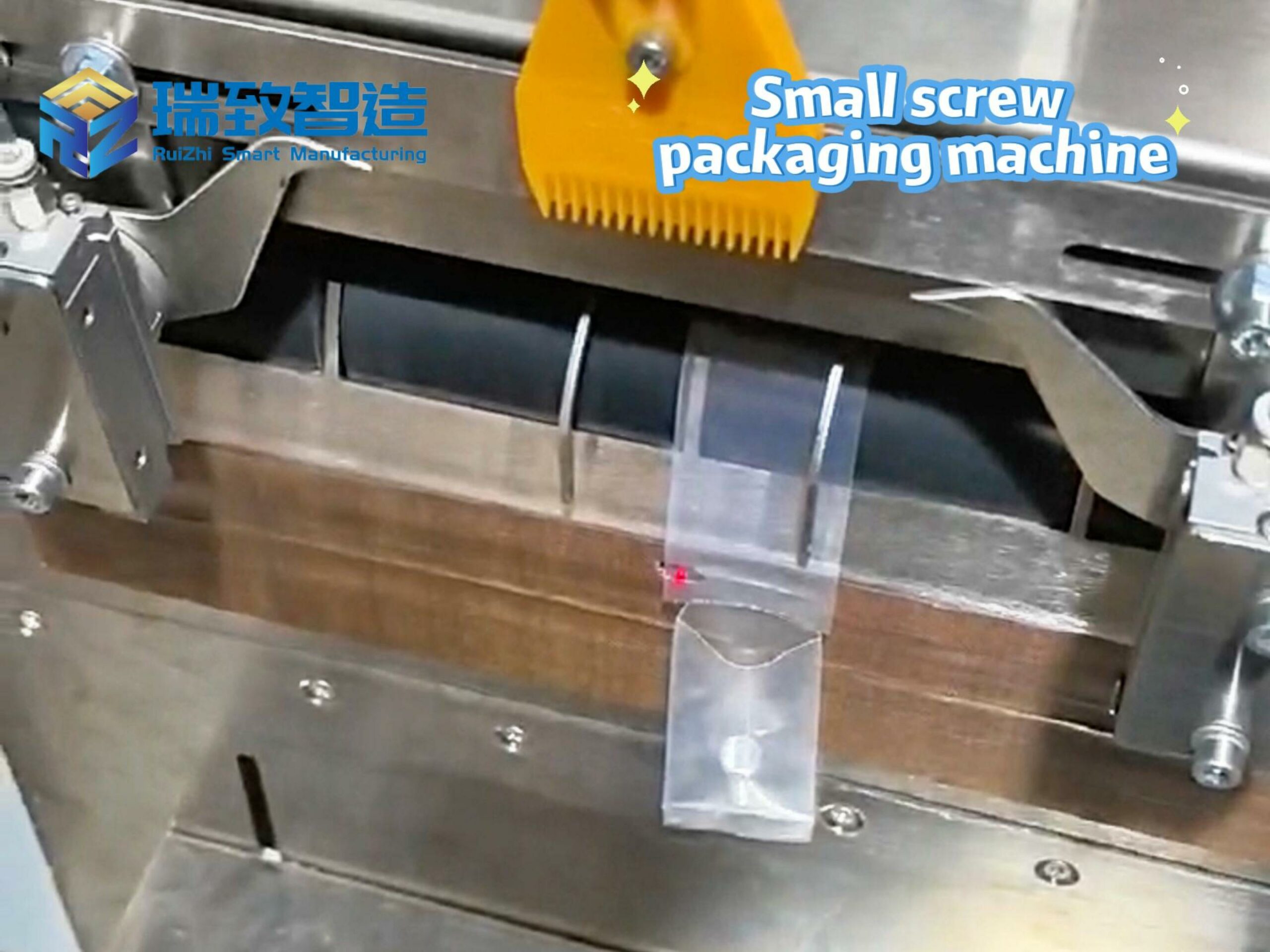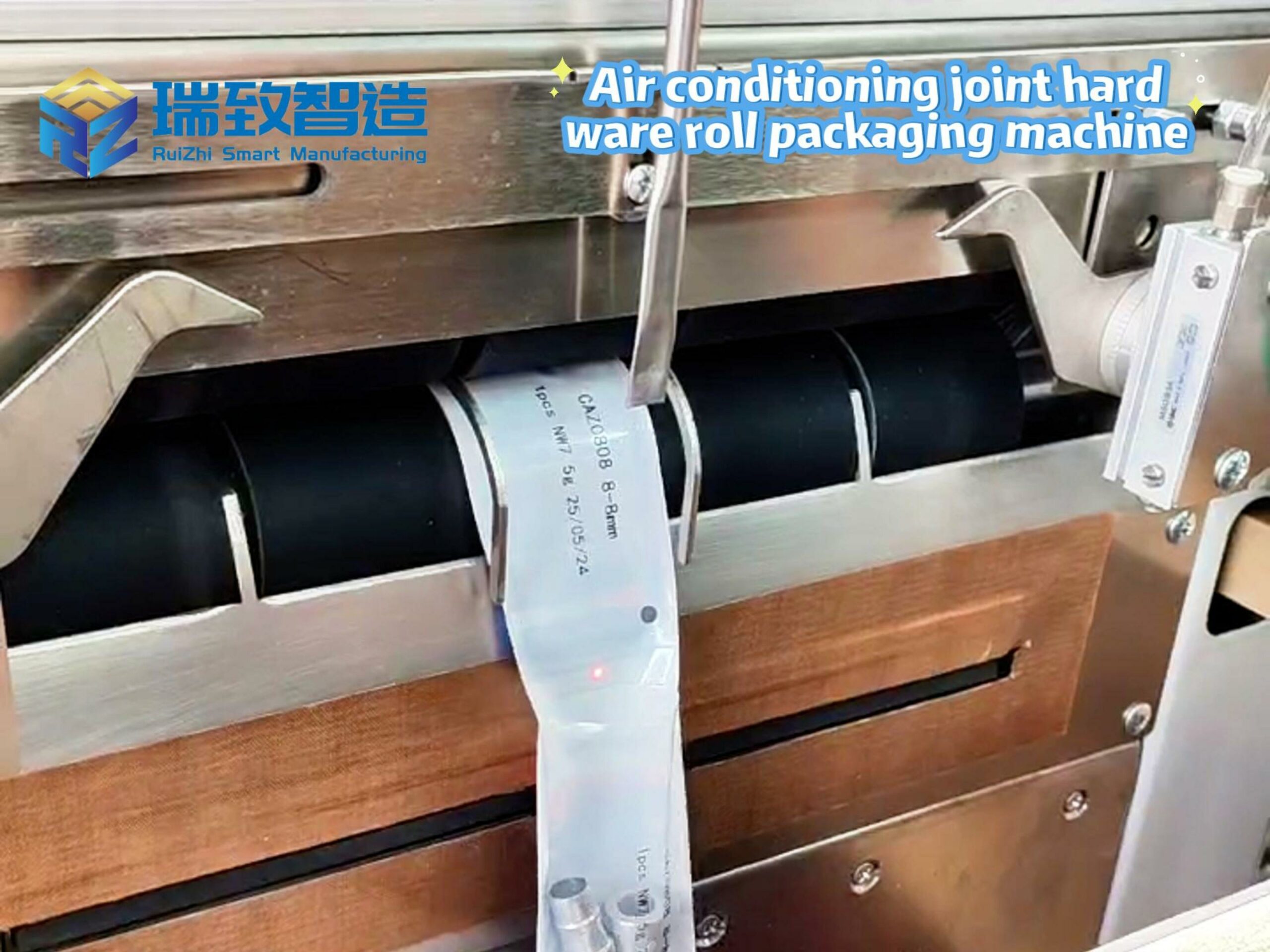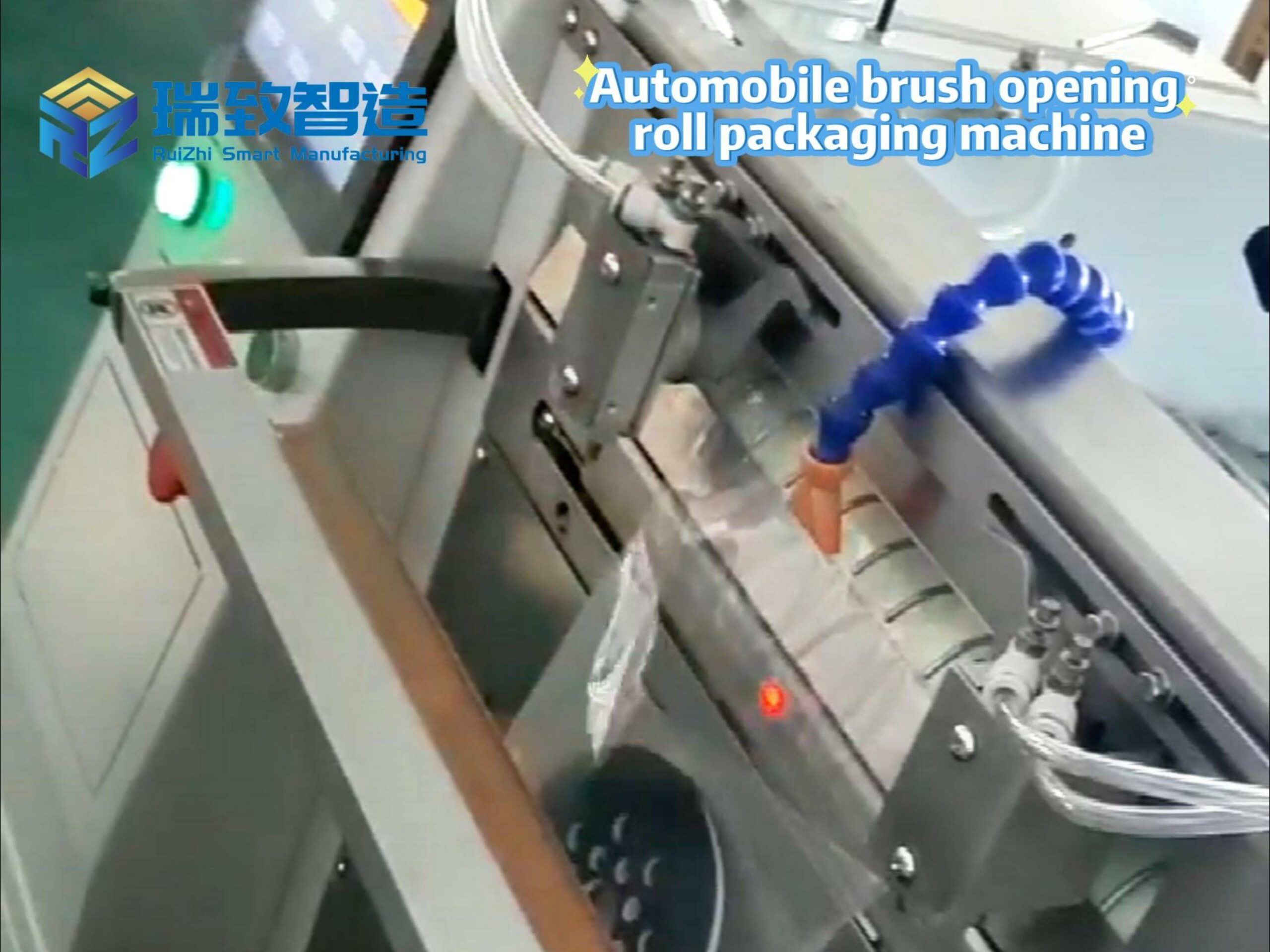As fully autonomous cars hit the streets, a similar revolution is unfolding in laboratories. Autonomous labs (or “self-driving labs”)—powered by AI, advanced computing, and robotics—are designing and running experiments with minimal human involvement. Nature named them one of the top technologies to watch in 2025, and their potential to transform scientific research is already becoming clear.
How Autonomous Labs Work
At their core, autonomous labs operate as closed-loop systems:
AI models (often using large language models or machine learning) design experiments from simple, plain-language prompts.
Robotics and automated equipment execute the experiments, collecting data in real time.
The AI analyzes results, learns from them, and refines the next round of experiments—constantly improving accuracy and efficiency with each iteration.
Why Autonomous Labs Matter
These labs address long-standing pain points in research, offering tangible benefits:
Reduced human error, improved reproducibility: By automating measurements and data recording (directly into electronic notebooks), they eliminate inconsistencies from manual work. Experiments can be replicated with a single click.
24/7 operation, faster results: Unlike human researchers, autonomous labs work around the clock. A week-long human task can be completed in under two days. McKinsey estimates that pharma automation could cut drug development time by 500 days and reduce costs by 25%.
Resource efficiency: By optimizing experimental design, they minimize waste of materials and energy—saving money in the long run, even with high upfront setup costs.
Real-World Applications
Autonomous labs are already making an impact across science and industry:
Chemistry and drug discovery:
Carnegie Mellon University’s AI system Coscientistuses LLMs (like OpenAI’s models and Anthropic’s Claude) to run chemistry experiments autonomously—including optimizing palladium-catalyzed reactions—from a simple text prompt, no human input needed.
Merck KGaA developed BayBE, an open-source AI planner for chemistry and materials science. It powers closed-loop systems that autonomously optimize chemical reactions, speeding up research on viscosity reduction and more.
Academic and cloud-based labs:
Carnegie Mellon opened the first university autonomous lab in 2024 (in partnership with Emerald Cloud Lab). It runs over 100 biology and chemistry experiments simultaneously, remotely controlled via software.
Cloud labs like Strateosand Emerald Cloud Lab let researchers run experiments remotely. Users submit protocols, then access real-time data and camera feeds from labs in California—democratizing access to advanced equipment.
Consumer goods and materials science:
Unilever’s Materials Innovation Factory(MIF) in the UK uses robotics to accelerate product development. For Dove’s Intensive Repair haircare line, robots prepared consistent hair samples in seconds and tested 120 samples daily—cutting testing time and ensuring uniformity. For its Dirt is Good Wonder Wash, robots shortened testing from weeks to days by operating 24/7.
Unilever is now training “cobots” (collaborative robots) to work alongside scientists, handling repetitive tasks like 200 daily microtitreplate scans—freeing researchers to focus on discovery.
Drug discovery:
Insilico Medicine’s Life Starlab automates early-stage drug discovery, using AI to predict disease targets and run experiments. A 2024 project with the University of Toronto’s Acceleration Consortium identified a new liver cancer treatment pathway in just 30 days.
Intrepid’s Valiantlab (spun out of the Acceleration Consortium) optimizes drug formulations autonomously. It has already improved oral drug delivery and long-acting injectables, and raised $7 million in 2025.
Beyond Lab Work: AI for Scientific Discovery
Autonomous systems are even automating the entire research process. Sakana AI’s AI Scientist can propose research ideas, write code, run experiments, and draft papers—producing manuscripts for ~$15 each (though with occasional errors). Autoscience’s “Carl” aims to build a research “factory” for continuous discovery.
Challenges: Autonomy with Limits
Despite progress, autonomous labs are still evolving. Key hurdles include:
Human oversight: AI can’t override safety rules (e.g., chemical quantity limits) or make high-stakes decisions without approval. Sensors and equipment need regular human checks to ensure data accuracy.
AI limitations: Current AI struggles with “hallucinations” (false outputs), has limited memory (can’t recall old data), and can’t generate truly transformative scientific concepts—only combine existing knowledge.
Learning curves: Building these labs requires expertise in AI, robotics, and lab management. Organizations must define clear roles for AI vs. humans.
AI Augments, Doesn’t Replace Scientists
Fears of AI replacing researchers are overblown. Instead, automation handles repetitive tasks—like sample prep or data logging—freeing scientists to focus on creativity, complex problem-solving, and interpreting results. As global AI advisor Richard Foster-Fletcher notes: “Advanced AI won’t replace scientists, but it will reshape their roles—shifting focus to innovation over routine work.”
Autonomous labs are not about eliminating human input; they’re about amplifying it. By handling the “busy work,” AI lets scientists tackle bigger questions—accelerating discovery in fields from medicine to materials science. The future of science isn’t human vs. machine—it’s human with machine.
What is the relationship between artificial intelligence and medical assembly machines?
How does artificial intelligence optimize medical assembly machines?

